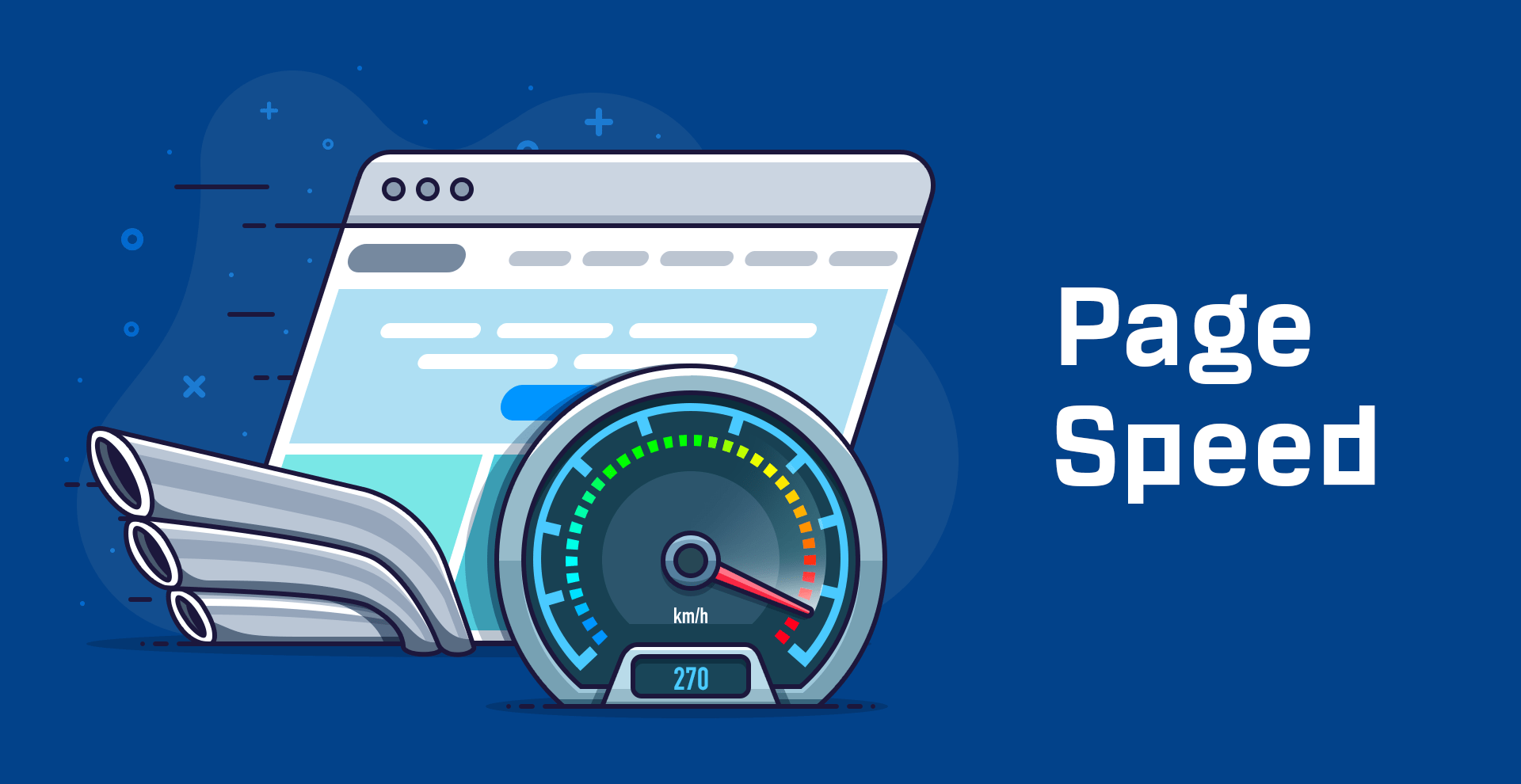10 Proven Web Design and Development Techniques for Better SEO Rankings
10 Proven Web Design and Development Techniques for Better SEO Rankings
Blog Article
Businesses are striving to improve their SEO rankings. Effective web design and development are crucial in optimizing search engine results. A well-structured website with optimized content can boost your visibility and drive organic traffic. In this blog, we will explore ten proven web design and development techniques that can help improve your SEO rankings.
1. Mobile-Friendly Design
A responsive or mobile-friendly design is essential to SEO success. Search engines prioritize websites that provide a seamless mobile experience. Your website should be responsive and load quickly on mobile devices to avoid high bounce rates and lost traffic.
2. Optimize Page Speed

Page speed is a key factor in SEO rankings and impacts user experience. Websites that load slowly often see higher bounce rates, negatively affecting SEO. Optimizing image sizes, leveraging browser caching, and minimizing HTTP requests can significantly boost your site's loading speed. Google considers fast-loading sites more user-friendly and, in turn, rewards them with better rankings.
3. Use Proper Heading Tags (H1-H6)
Properly using heading tags (H1 to H6) improves site structure and readability, essential for users and search engines. These tags allow search engines to identify the hierarchy of content on your page. Ensure each page has a clear H1 tag (for the main heading) and organize subheadings (H2, H3, etc.) accordingly.
4. Optimize Images with Alt Text
Images are an essential part of web design, but they must also be optimized for SEO. Adding descriptive alt text to images helps search engines understand what the image represents. Alt text also improves accessibility and can boost visibility in image searches, giving your site another avenue for driving traffic.
5. Create SEO-Friendly URLs
Well-structured URLs are an often overlooked element of SEO. Clean, descriptive URLs that include relevant keywords help search engines understand your page's content. For example, a URL like "www.example.com/web-design-tips" is much better for SEO than "www.example.com/page12345." Keep URLs short, meaningful, and free of unnecessary characters or numbers.
6. Use Internal Linking
A good internal link strategy will boost your website's SEO by helping search engines discover new pages and better understand the hierarchy of your content. As a result of interlinking related pages on your site, you guide users to valuable content and improve the indexing of your site for search engines.
7. Optimize for Core Web Vitals
Google's Core Web Vitals focus on key user experience metrics, such as loading performance, interactivity, and visual stability. To enhance your site's SEO performance, ensure that your web design and development are aligned with these metrics. This involves improving load times, reducing layout shifts, and optimizing user engagement.
8. Implement SSL for Secure Browsing
Both users and search engines prioritize security. Websites with SSL certificates (HTTPS) are deemed more secure and trustworthy, and Google gives them a ranking boost. Ensure your web design and development include HTTPS encryption to protect user data and enhance your SEO rankings.
9. Leverage Schema Markup

It is a form of structured data that helps search engines understand your website's content. Implementing schema in your web design and development allows your site to display rich snippets in search results, improving click-through rates and increasing visibility for key search queries.
10 . Design for Easy Navigation
A user-friendly, intuitive navigation structure helps users and search engines discover and index your site. Ensure your web page is easy to navigate, with an intuitive and logical menu structure. This keeps users engaged and allows search engines to better understand your pages' importance.
Conclusion
Incorporating these web design and development techniques can significantly enhance your site's SEO performance. From optimizing for mobile users to improving page speed and navigation, each strategy contributes to better search engine rankings. Making your website SEO-friendly increases the chances of gaining organic traffic and staying competitive online.